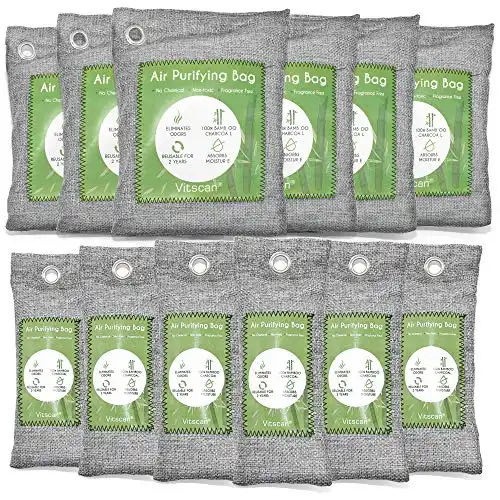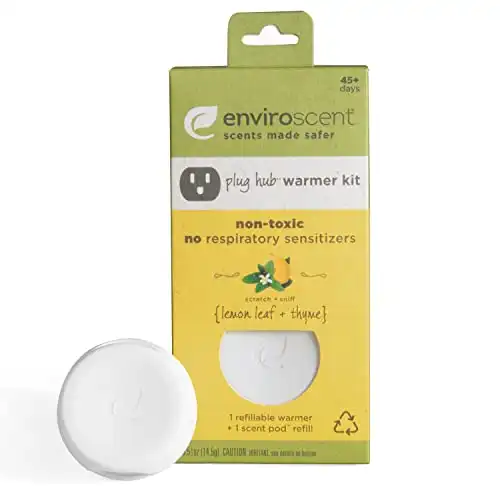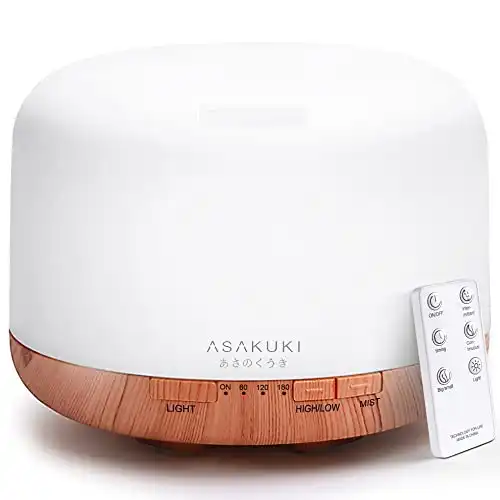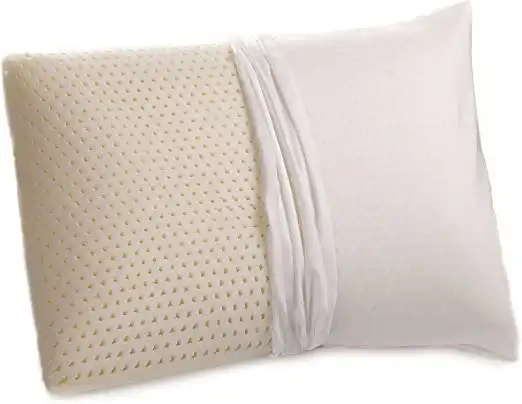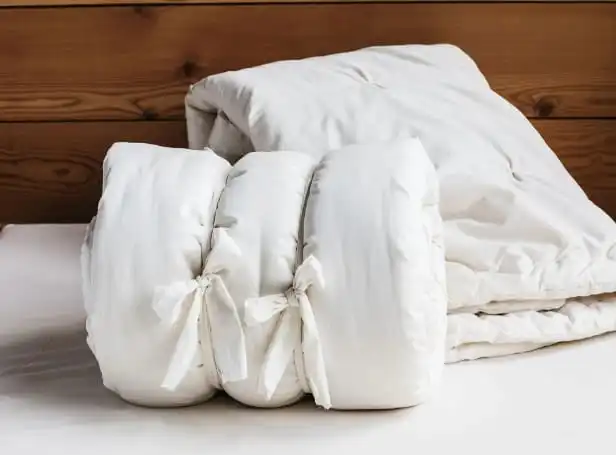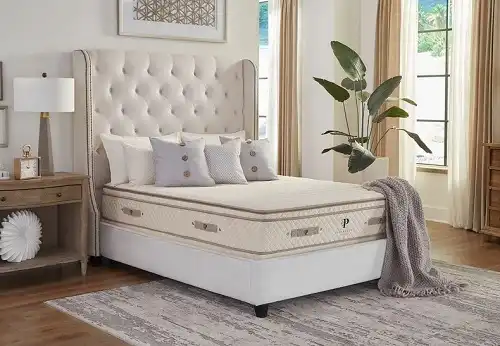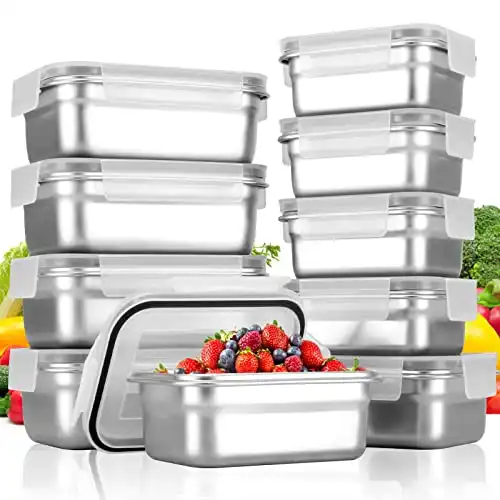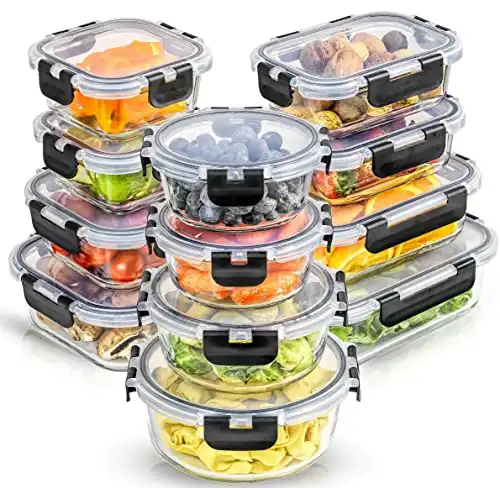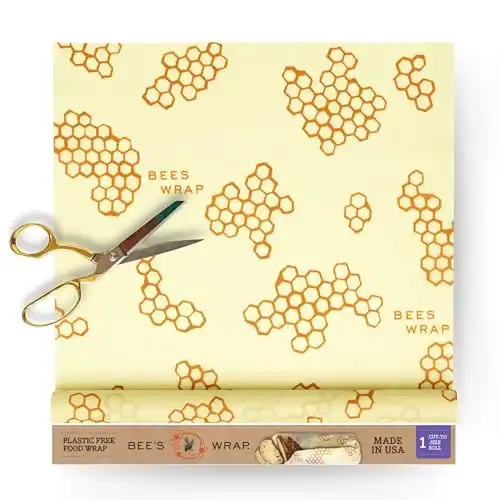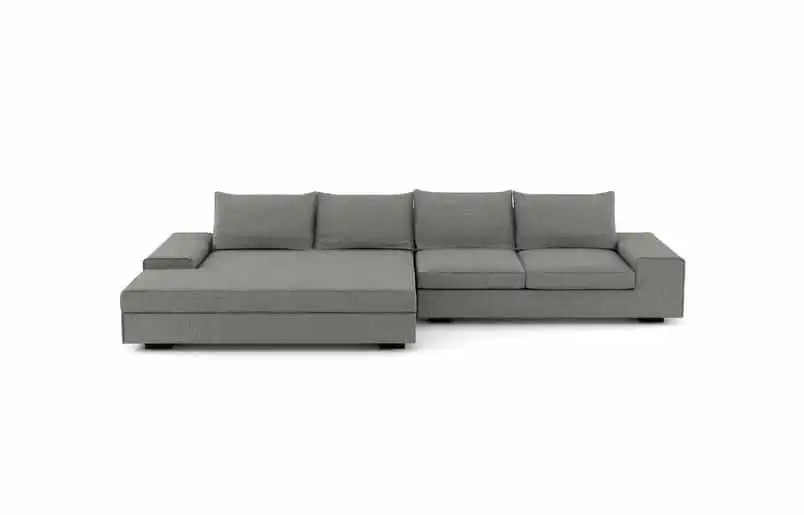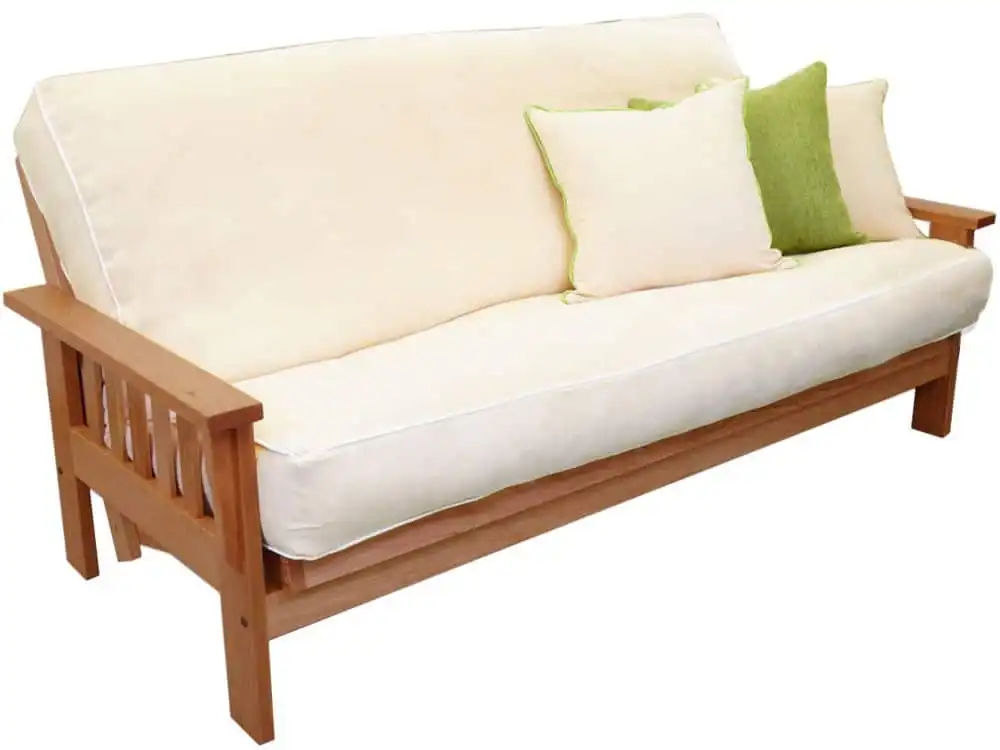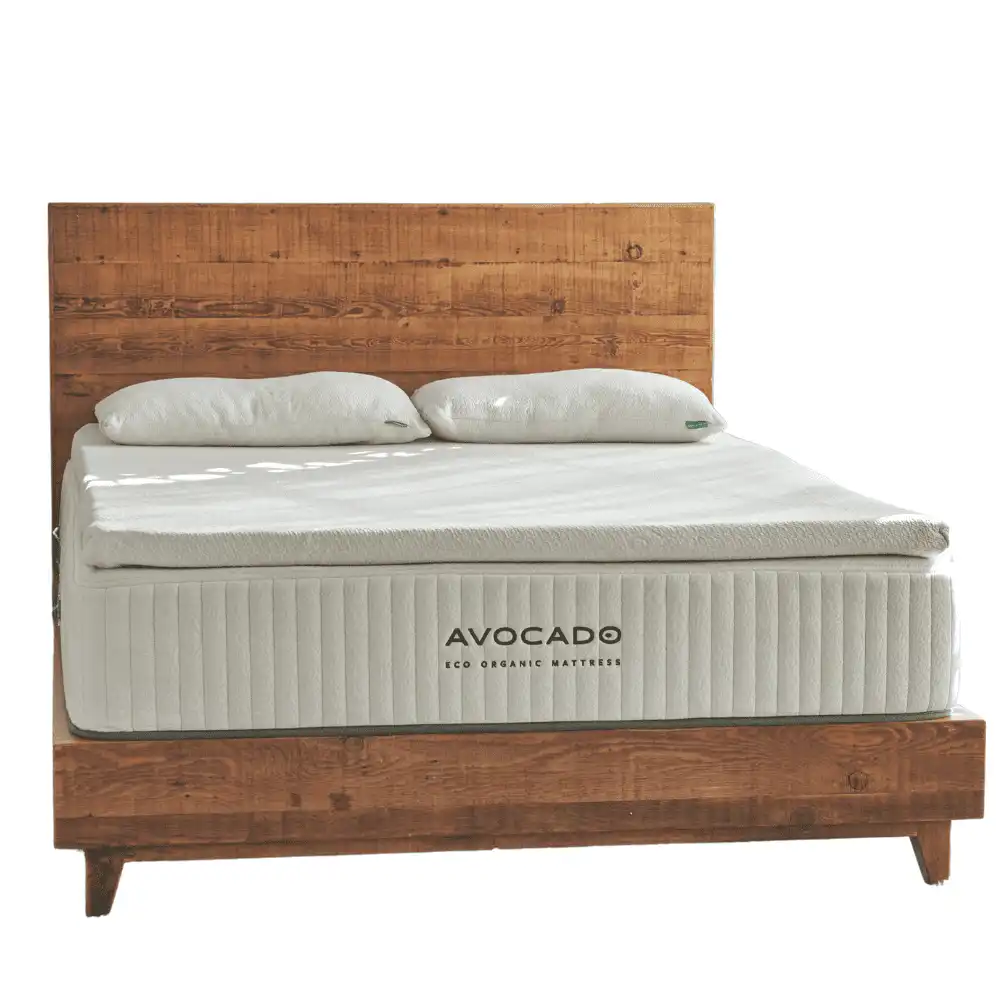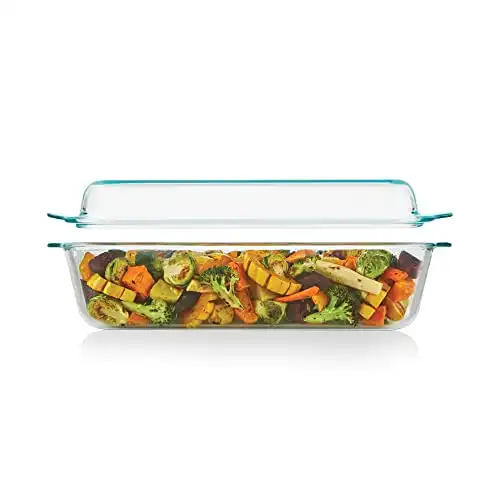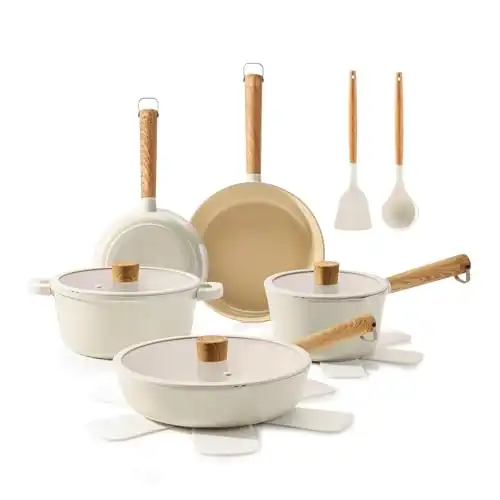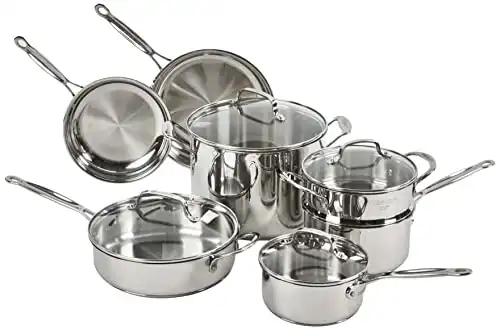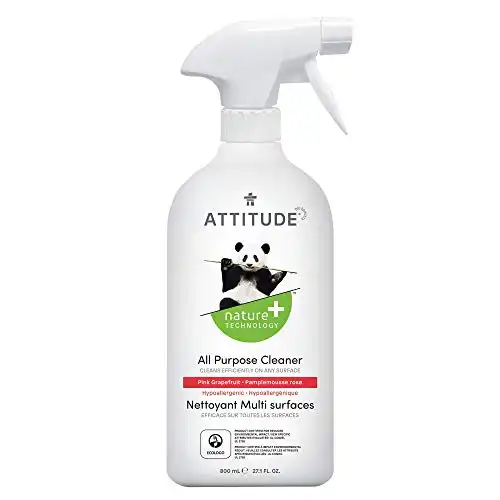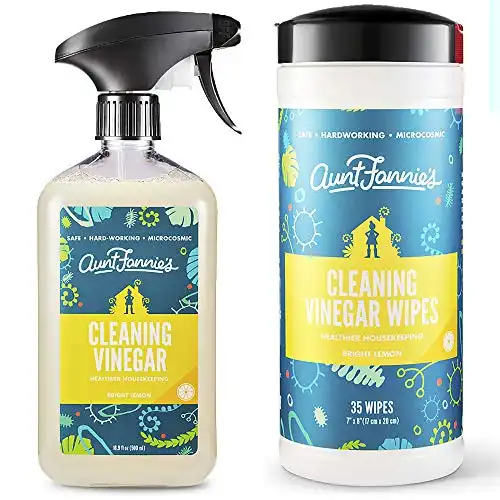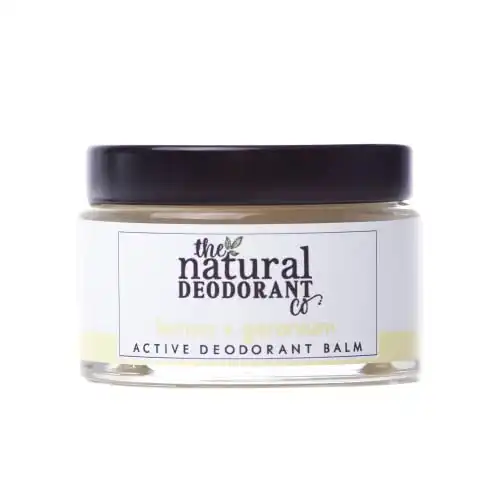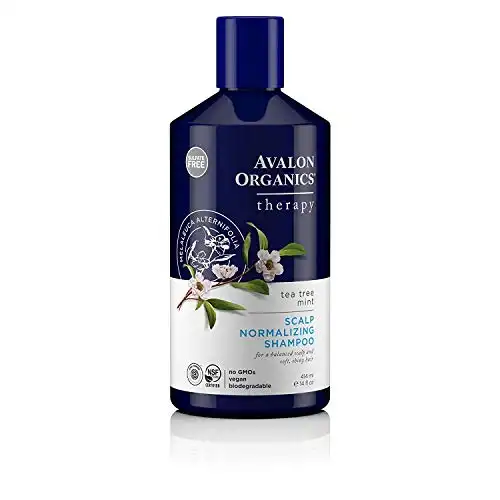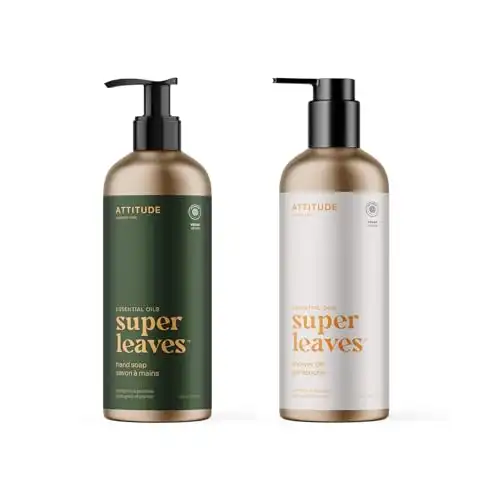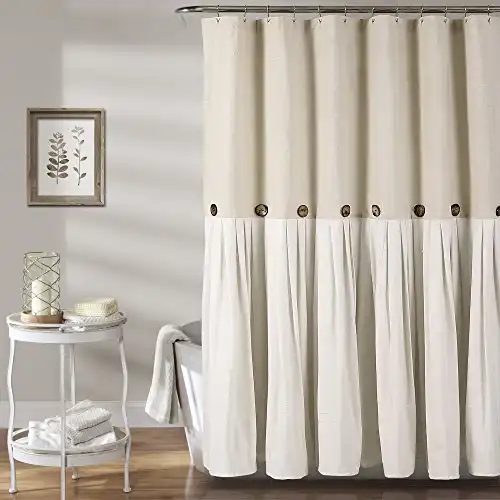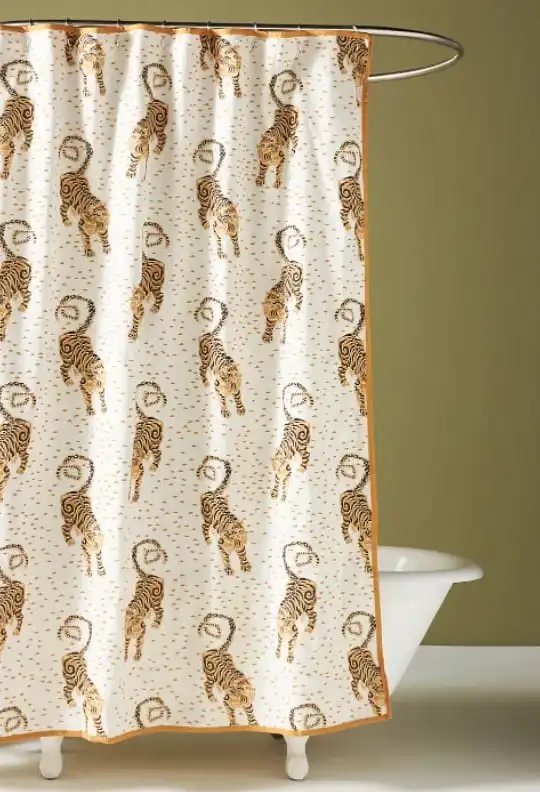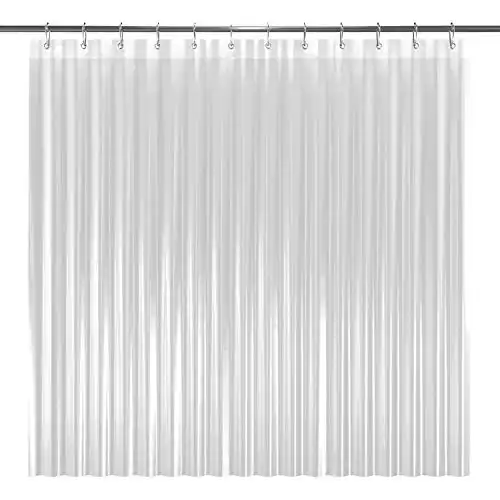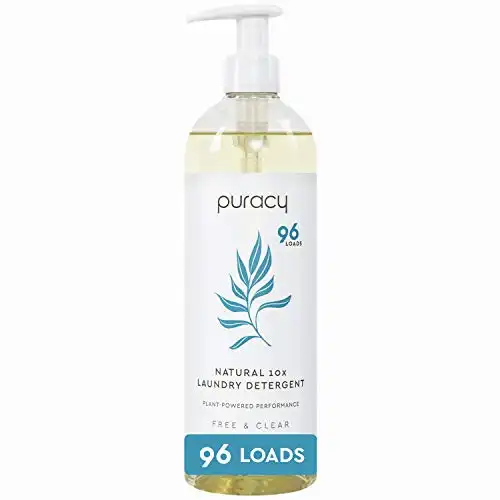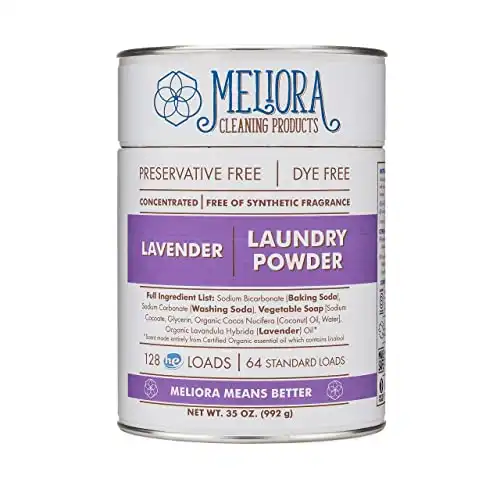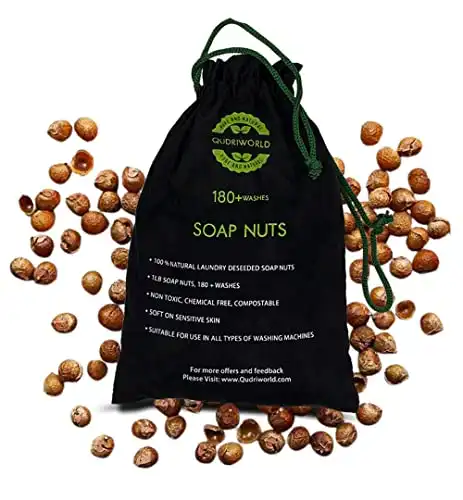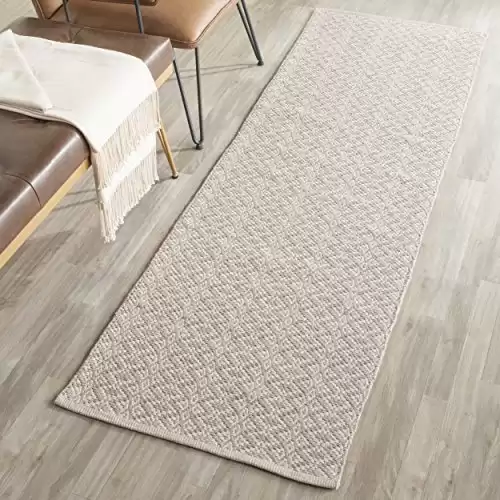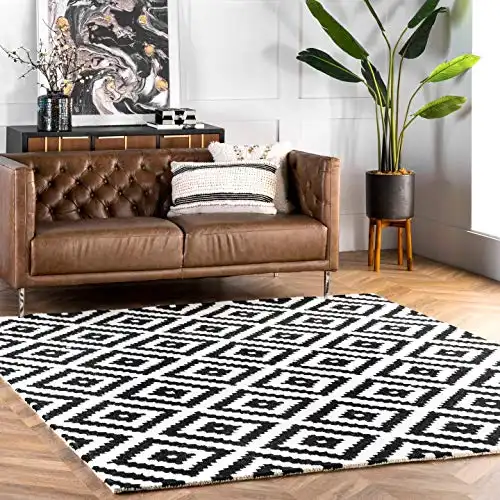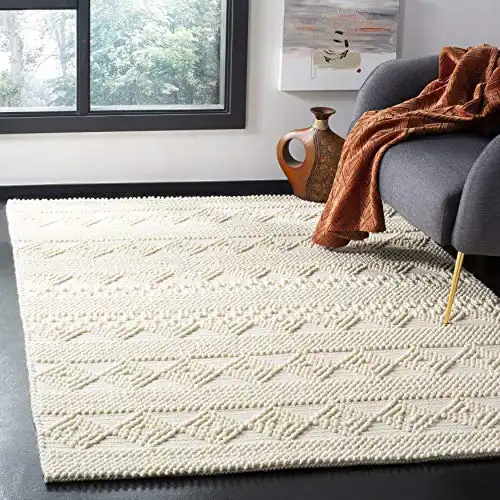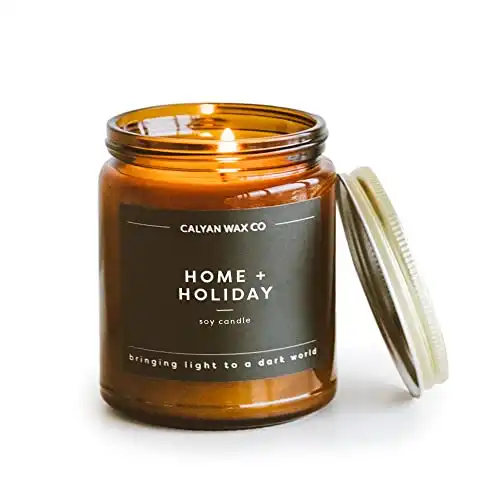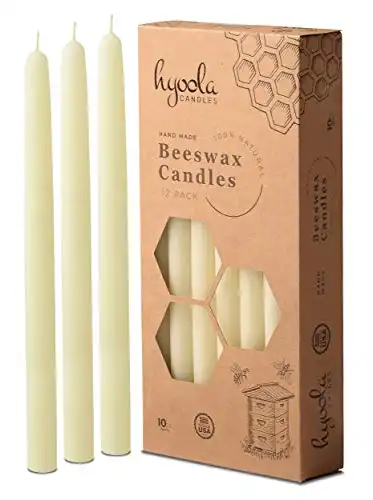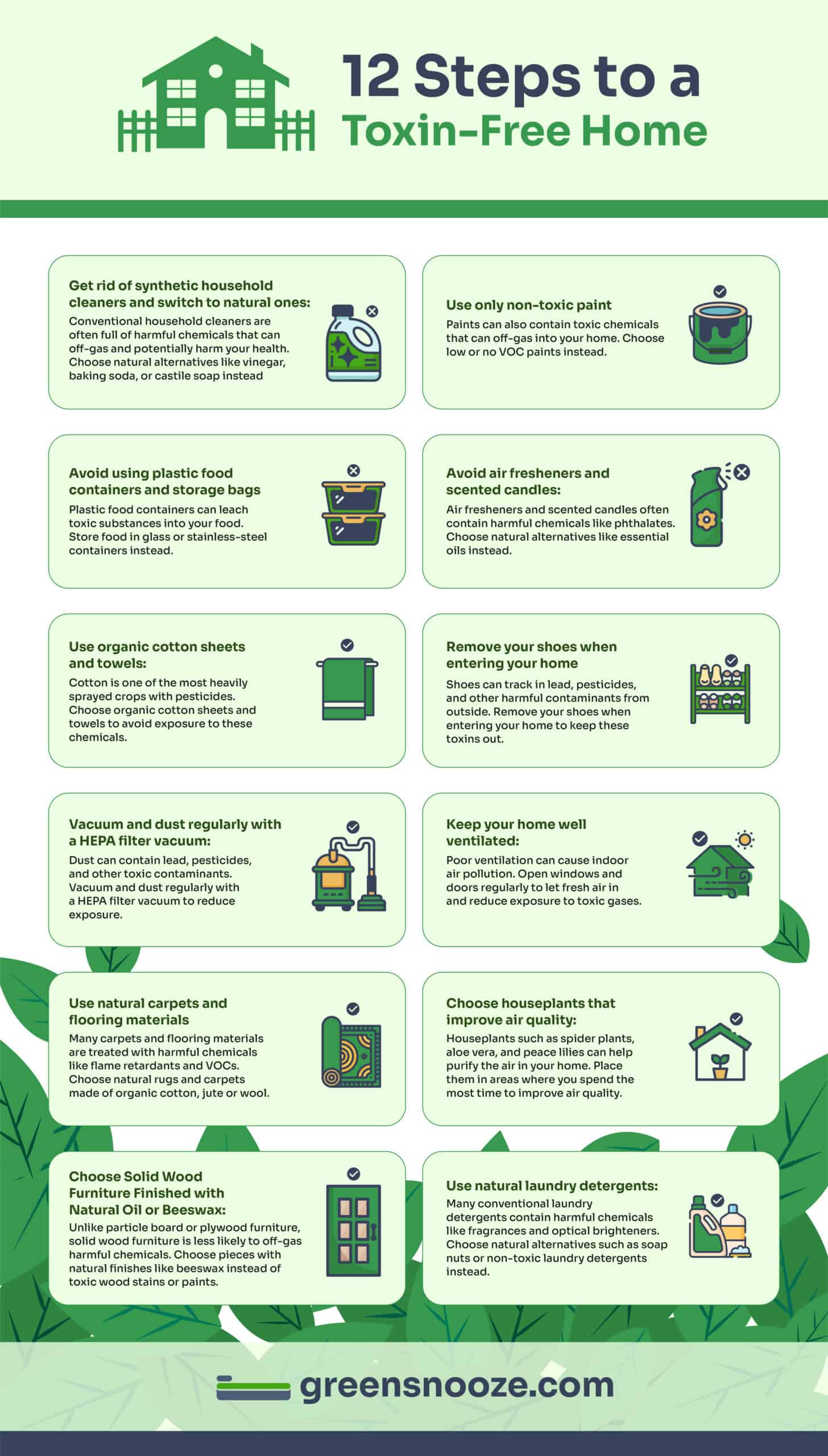- You are here:
- Home »
- Non Toxic Home Poducts »
- 20 Simple Steps To Make Your Home Toxin-Free Instantly
20 Steps to a Chemical-Free Home
In this article, we´ll tell you how to create a chemical-free home by following these simple steps. Chemicals are part of most household products, but do we really have to be surrounded by all these toxins?
Research shows that many chemicals found in common household products contain substances that can cause various health issues, from allergic reactions and skin problems to some serious diseases, including cancer.
From shampoo to frying pans and dryer sheets, we’ll address some of the best ways to convert your home into a safe, chemical-free haven.
As an Amazon Associate I earn from qualifying purchases.
Stop Using Air Fresheners
Widely used and loved for their refreshing scents, air fresheners are actually loaded with harmful chemicals. Phthalates, a common ingredient in many air fresheners, have been linked to various health issues such as hormonal imbalances and reproductive problems.
Avoid these airborne contaminants by using safer air freshening techniques. Open your windows for fresh air, simmer potpourri on your stove, diffuse essential oils, or use charcoal air purifying bags.
|
|
$14.99
|
|
Read More: Best Non-Toxic Fabric Sprays
Buy Organic Bedding
We spend so much of our time in bed. It’s a space where you want to have the best quality, chemical-free items. This includes your mattress, blankets, pillows, and bedding such as sheets and pillowcases. All these essential items can harbor chemicals that come in direct contact with your skin.
Thankfully, there are organic bedding options to make a complete, luxurious bedroom kit. Check Organic Textiles for beautiful non-toxic sheets and pillowcases, PlushBeds for luxury
|
$104.95
|
$479
|
$1,549
|
Use Better Food Storage
Once you’ve made sure that your food is free from toxins, you need to pay attention to what you put that food in. If you usually store your leftovers in plastic containers or wrap them in plastic wrap, then consider switching to a better alternative.
Plastics can emit chemicals like phthalates, so you need to be cautious about keeping your food in close proximity to them. Instead, try these other ways. You can replace plastic wrap with beeswax wraps or soy-based wraps for a vegan option. Use stainless steel or glass storage containers for storing things like flour and beans.
|
$47.98 ($4.80 / Count)
|
|
$24.80
|
Invest in Non-Toxic Furniture and Sofas
When we think of toxins, we often overlook the potential hazards that may be lurking in our furniture. However, many conventional furniture products are treated with harmful chemicals to increase their lifespan or make them more fire-resistant. These chemicals can off-gas into your home, affecting your indoor air quality.
To avoid these dangerous toxins, consider investing in non-toxic furniture and natural sofas. Look for companies that use sustainable materials and eco-friendly manufacturing processes, such as Medley, Avocado, or The Futon Shop.
|
N/A
|
N/A
|
N/A
|
Choose the Right Cookware
Most non-stick pans are made with Teflon. This has been linked to a condition called polymer fume fever, which gives people short-term flu-like symptoms.
Not fun. So, using a brand new non-stick, Teflon pan could be risky. But using an old, flaky one could result in you also ingesting small amounts of it too.
Rather be safe than sorry and look into these other perfectly functional cookware options. If you want the non-stick feature, go for either cast iron or ceramic-coated pans. Stainless steel and glass (in the oven) are also great non-toxic cookware choices, but they aren’t non-stick.
|
|
|
|
Use Cleaner Cleaning Products
That may sound redundant, but not all cleaning products are truly “clean” in the sense of being toxin-free. You find many harmful substances in the average cleaners on the market. Some products are so seriously harmful that you need to take extra precautions when using them, such as oven cleaners or bathroom and kitchen disinfectants containing bleach.
While many toxic compounds are banned from use in excessive amounts, many toxins are not regulated or required to be listed in the ingredients. The best way to avoid irritating your eyes, nose, and lungs is to use natural, toxin-free cleaning products, such as Method or Puracy. They are effective, disinfecting, and smell great without lingering toxic fumes.
|
$7.99 ($0.29 / Fl Oz)
|
|
|
Use Natural Body Care Products
While we are talking about products that come in contact with your skin, we need to address body care products. Things like deodorant, lotions, hand soap, bath products, and perfume are full of potentially toxic chemicals. To avoid harmful toxins like phthalates, parabens, and many more, make the switch to natural body soaps and creams.
There are many brands to choose from that are certified to be environmentally friendly and toxin-free. You can try Attitude and their non-toxic shower gels, or Avalon Organics for natural shampoos and hair conditioners. Because you use these products daily, it’s a quick way to make a big difference in having a chemical-free home.
|
$14.49 ($7.47 / Ounce)
|
|
$38.98
|
Buy Non-Toxic Shower Curtains
These functional parts of any bathroom can be a major source of chemicals in your home. They are often made of vinyl or PVC, which is toxic. Bath mats are also usually made with vinyl. That strong smell of a newly unwrapped shower curtain is the released VOCs making their way into your home.
These chemicals could damage your central nervous system, respiratory organs, reproductive systems, etc. Buy vinyl-free or PVC-free shower curtains or ones that are made of organic cotton or hemp. When purchasing a bath mat, choose a silicone one instead of vinyl.
|
$26.49
|
$78
|
|
Use Non-Toxic Detergents
Detergents and fabric softeners are a necessity in life. They clean and make our clothes smell good. Sometimes too good, those smells can be overpowering. The ingredients of these powders or liquids are usually filled with nasty chemicals that you don’t want near you.
The whitening agents, colorants, artificial fragrances, and cleaning chemicals are all hazards. There are great alternatives. Many people use non-toxic options like soap nuts, powdered soap nuts, baking soda for softening, and detergents with natural ingredients, such as Puracy. These chemical-free products are easier on the environment, your clothes, and your skin.
|
$19.99 ($0.31 / Load)
|
$22.99 ($0.18 / Load)
|
$17.27 ($0.10 / load)
|
No More Dryer Sheets
Not everyone uses dryer sheets, so it’s a bonus to laundry day. Your traditional dryer sheets pose many of the same problems mentioned above about other laundering products. Instead of the conventional toxic dryer sheets, try wool dryer balls.
Wool dryer balls soften and fluff your fabrics, while also making them static-free. Make sure it’s a 100% wool dryer ball. If you’re missing the pleasant smells of conventional options, try adding some lavender oil to the load.
Choose Natural Rugs and Carpets
Choose natural rugs and carpets made from natural fibers such as wool, sisal, cotton, and jute. Natural rugs are a great choice for your chemical-free home.
They don’t contain any harmful chemicals that synthetic rugs do, including VOCs, formaldehyde, and flame retardants. These chemicals are continuously off-gassed into your indoor air, making breathing unhealthy and toxic.
|
|
|
$57.99 ($3.87 / Sq Ft)
|
Use the Power of Plants
Plants have an amazing filtration ability. They can clean your air slowly by absorbing the toxins and emitting the good stuff.
There are several powerful yet beautiful plants that you can put in your home to start filtering the air. The snake plant, lady palm, philodendron, and peace lily are all classic indoor plants that both decorate and filter.
Leave Your Shoes at the Door
Your shoes attract a lot of bacteria during the day. Wherever you go, you’ll bring back all that dirt with you. Leave it at the door with an entry mat and a shoe rack.
It’s not just good manners to avoid wearing shoes indoors, it also helps you stop tracking all that foreign dirt and bacteria into your home.
Read More: Best Sustainable Organic Curtains
Don’t Use the Self-Cleaning Oven Option
This may be a handy feature, but it’s also dangerous. When you heat your oven at such a high temperature, you start to also release harmful gases into the air. These fumes may be from the off-gassing interior of your oven or from burning food residue.
Use a fume-free alternative cleaning method with baking soda and vinegar. It works like a charm, all without harmful chemicals.
Use Natural Cosmetics without Harmful Chemicals
Some people wear makeup on a daily basis. When you consider just how many chemicals you expose your body to through the use of cosmetics, you’ll be shocked at the long-term negative effects it can have. A large percentage of what you put on your skin can be absorbed into your bloodstream.
This is why not only natural body care products are so important, but also cosmetics. Try brands such as Just Natural Skincare and leave those days of itchy, dry skin behind.
Go for Zero-VOC Paint
The initial fumes are not your only problem with using conventional, toxic paint. It can also keep releasing toxic gases long after it’s been applied. Conventional paint has been found to release carcinogens, reproductive and hormone disruptors, and ozone-depleting compounds.
Low-VOC paints are fine but still contain a high amount of VOCs, so it’s best to choose Zero-VOC paints, such as ECOS paints.
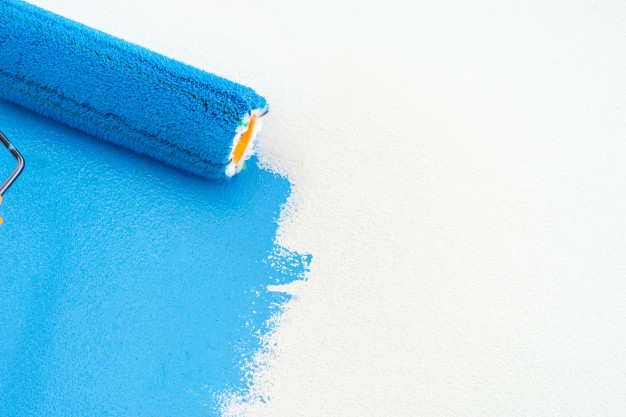
Buy Organic Food
Your food could already be contaminated by the soil it grows in. Pesticides, GMOs, and air pollutants are all dangers you could find in your fridge and pantry.
You need to find out where your food comes from to be sure it’s not affected by all those outside contaminants. This is why it’s great to buy from an organic market or directly from a farmer who uses responsible, clean farming techniques.
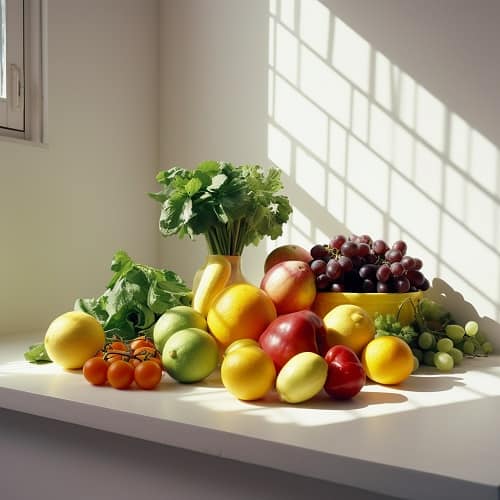
Use Safer Pest Control
Your average pesticides have a long list of potential health hazards. And yet, they are used all the time. You are exposed to these toxic pesticides every day through your eyes, the air you breathe, your food and water, and skin contact.
You can fight pests by using natural methods too, such as Diatomaceous Earth. DE, as it’s commonly known, is 100% chemical-free and can be used indoors or outdoors. Unlike conventional pesticides that insects can become resistant to, DE doesn’t lose its effectiveness so long as it stays dry. This option is not harmful to humans or pets.
Dust and Vacuum Often
It’s not just for the sake of looking clean. Dusting and vacuuming are important to your health. Harmful chemicals, such as flame retardants, can be released from off-gassing products in your home, and then settle with dust. When dust is disturbed, from surfaces, floors, and curtains, you’re putting the dust and the toxins in the air to be inhaled.
If you have little children, they’re likely to be more exposed to this by putting things in their mouths. Dusting and vacuuming will help your family members who struggle with allergies too. Less dust, fewer chemicals, and disturbances to your respiratory system.
Ditch the Scented Candles
Candles are usually made of paraffin, a petroleum byproduct. When you burn these conventional candles, they release carcinogenic soot which can build up a dirty layer on your home items and negatively affect your health. Many old scented candles had wicks with a hidden slow killer.
Because fragrance oils soften wax, they are used to combat the problem by putting lead cores in the wicks to stiffen them. Aromatherapy candles that are scented with synthetic oils release microscopic particles that can cause cancer and other health issues when inhaled.
There are alternatives, such as beeswax candles or vegetable-based wax. They need to have cotton wicks to avoid the problem with lead or other dangerous additions. Keep the wicks trimmed to ⅛ inch to reduce soot. Most synthetic fragrances are loaded with harmful chemicals including phthalates, so if you want a scented candle, pick one that is fragranced with natural oils.
Above all, buy your candles from a certified green business. You never know when companies will cut corners for the sake of profit. For instance, because beeswax is pricey, some manufacturers reduce the cost by blending it with paraffin. That’s why it’s so important to make sure it’s 100% beeswax and, thus, non-toxic.
|
N/A
|
$22.99 ($3.19 / Ounce)
|
|
Read More: Are Coconut Candles Safe?
Educate Yourself
As with any profession, you need to stay updated on the latest news, findings, and methods. Keeping your home chemical-free is a big job!
Stay updated on the necessary information, best techniques, new reports, and more by following the right people who set the right example. You can never know too much when it comes to keeping your home clean and toxin-free.
Conclusion
Creating a chemical-free home is an important step towards improving your health and cutting the risk of developing different diseases, including respiratory diseases and cancer.
Some of the above steps require spending some serious money, but other steps involve simply making better choices when doing your weekly shopping and discarding toxic products that fill your indoor air with toxins.
Read More: Best Eco-Friendly Subscription Boxes for your Home
About the Author Kamila Flieger
My name is Kamila, and I'm passionate about researching non-toxic, organic products for the home. I believe it's so important to create a safe and healthy environment for our families, and I enjoy helping others do the same.

